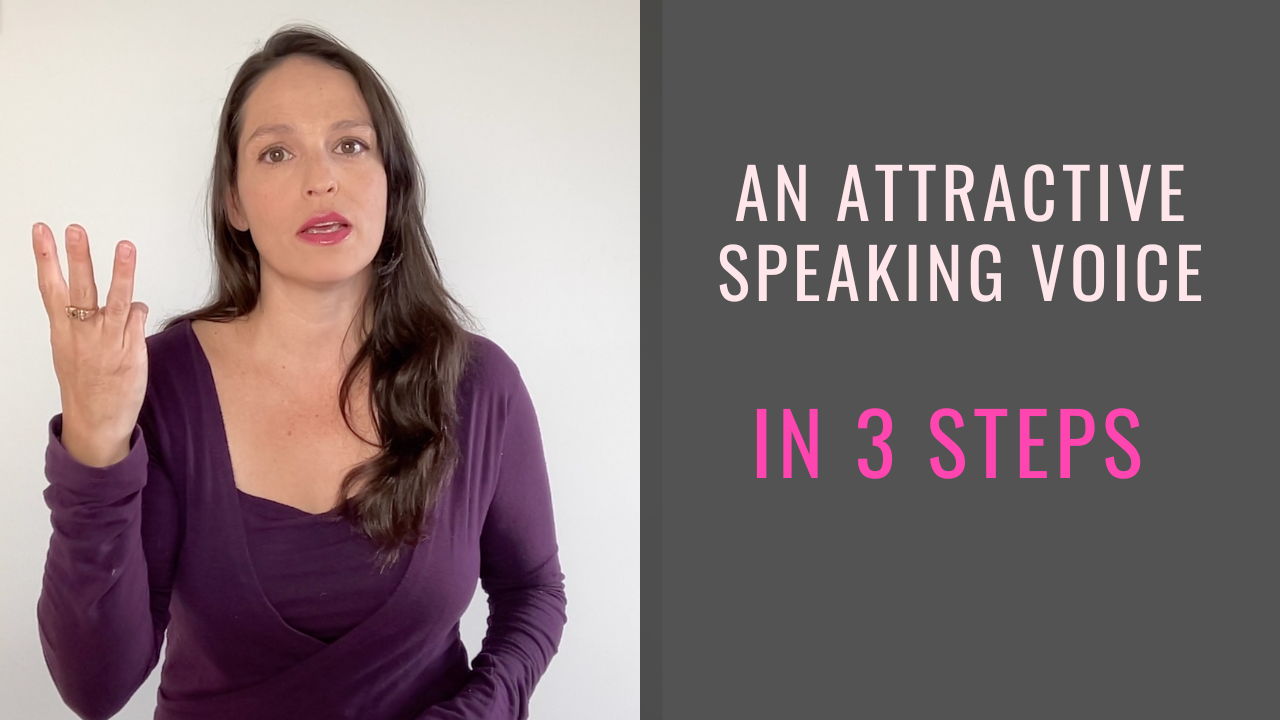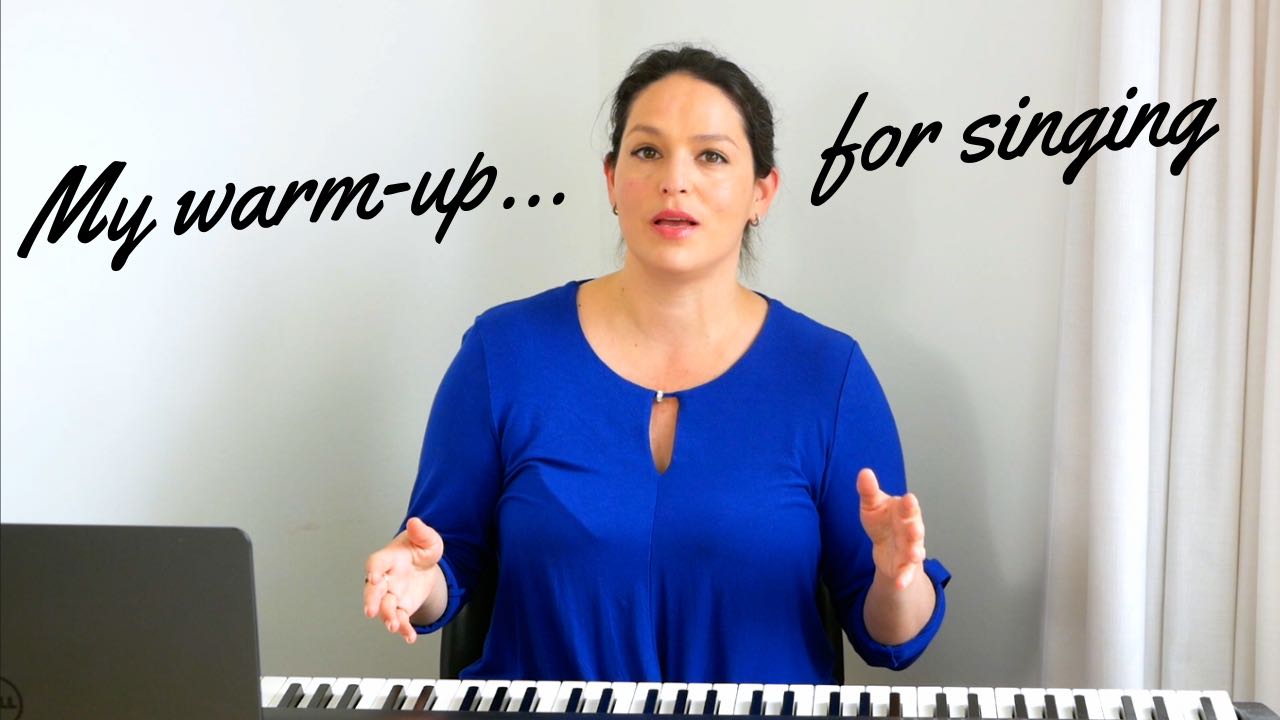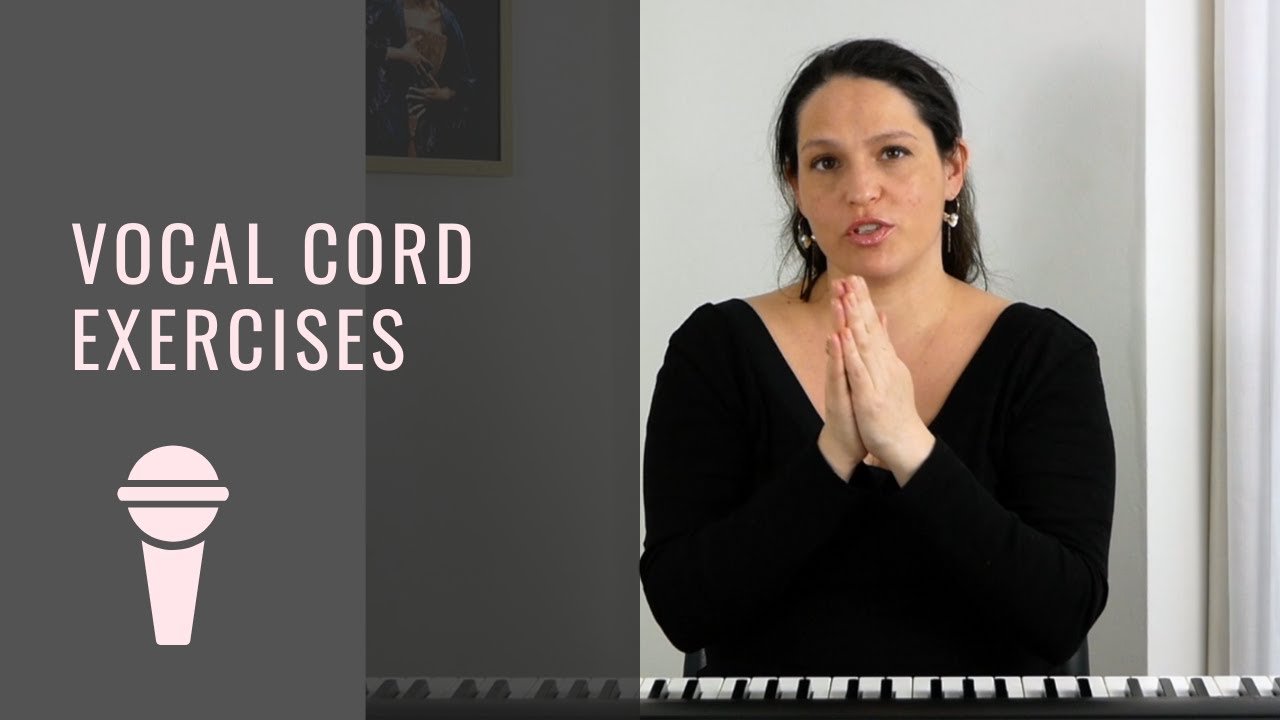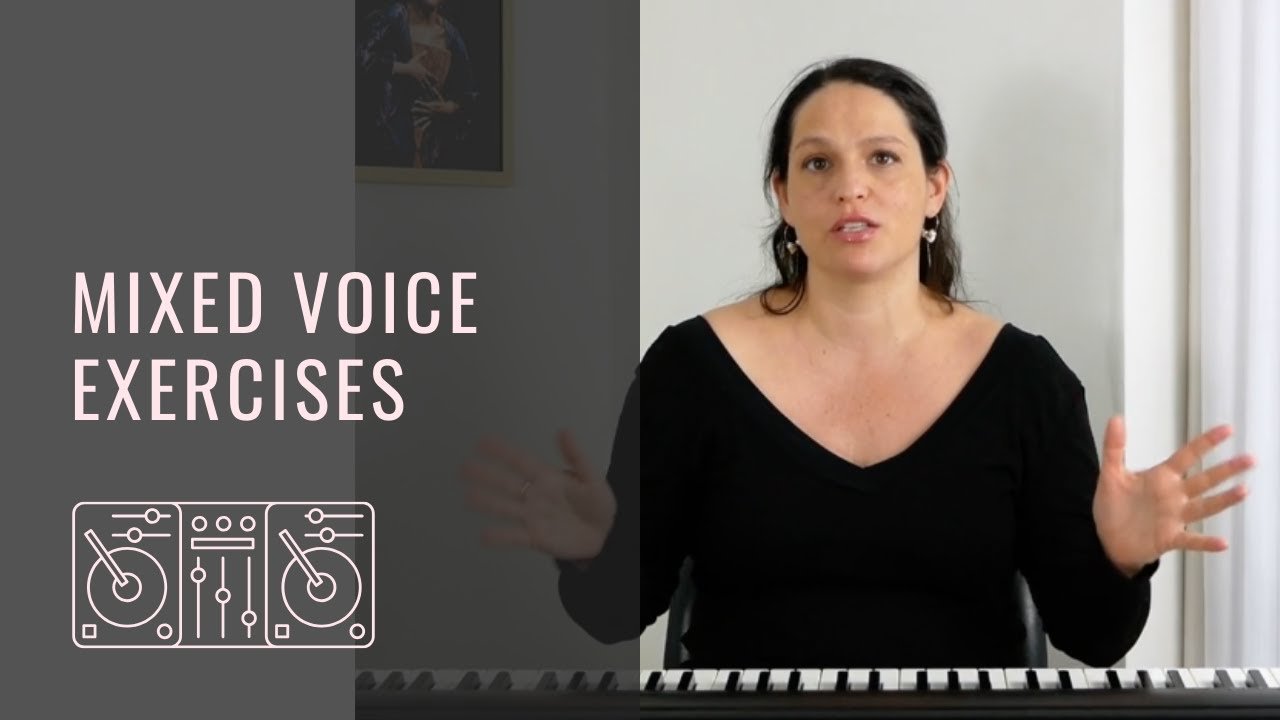So you want a wider range when singing? Welcome to the club.
If you feel you could use higher and lower notes in your little vocal cords - I've got you. In this article I will explain which vocal exercises to increase range. Of course, we also have a tutorial you can sing along to.
Don’t do a vocal split right away!
Before doing these range exercises, I recommend that you do a short bodywork session and a light vocal warm-up first. Like a smart dancer, you don't want to go directly to a split before doing some gradual and basic stretches. Your voice needs to be a little bit warmed up before we can expand our range.
The real challenge with vocal range exercises
Anyone can press play and sing along to the exercises I gave you. But here is what will be difficult, yet critical:
- Patience: no straining. If the note is not comfortable, do not sing it. We’ll talk about how to eliminate straining a bit later.
- Pay attention. While singing, mind how the throat feels, where the air goes, where the vibrations of the voice are, what is the body doing when it feels good. You want to learn that.
- Insist on the mechanism which feels good as you go through the range. If it’s not it - stop. Go back a step, do it again. Don’t continue the wrong way, don’t just push or force it. It will not get you far.
Ok, here are my four favourite exercises to expand vocal range.
Exercise 1. Lip trill slides over a full octave
0:25 in the above video. If the lip trills are hard, you can also do a rolled R or use the NG, as in 'tongue'. First make a sound, without a certain pitch. Go from a low pitch area to high and back, with a slide. Don't jump up and down. Imagine a siren noise. We'll go a whole octave: 1-8-1. To prevent ourselves from tightening muscles in our throat in the upward motion of the slide, we can throw our hand back, as a nice trick for releasing the muscles.
Exercise 2. Vowel i
5:48 in the above video. The vowel i is a good one to start on. If this is challenging you can try it on u, as in You. I recommend having a vertical opening of the mouth for the i, instead of most people's default which is to stretch the lips to the sides and barely open the mouth. Work with a mirror if you don't know how to do that yet. Think of opening the jaws in the back as I show in the video (also for the u).
Exercise 3. Baby noises
8:44 in the above video. As you say the baby sound waaa, make sure you have nice lifted cheeks and a dropped jaw. I call it the bad-ass face. Your voice has a bit of squeakiness in it - that's the twang (the professional word for squeaky!) and it helps with closing the cords and keeping the clear, connected quality as we go lower and higher in the range.
Exercise 4. Five Italian vowels: i / e / a / o / u
10:57 in the above video. The less you think about going up and down, the better. You can think sideways, or backwards. Just replace that up-and-down motion with a different direction (the more often the better, on every note is best), this way you will be able to go higher AND lower without straining.
When will I hear results?
These exercises will expand your range over time. Don’t expect immediate results: the vocal cords are muscles, after all, like any other. No one session will change your muscles, but they are capable of stretching and changing.
Is there no magic trick, really?
Okay, okay, I have something for you. If you want more range quickly, and to go easily to lower and higher notes, there is a way which will speed up your progress times 20. And that is yoga. Have you ever tried singing while doing yoga? You should start, you’ll know what I mean. In general, you’ll give this range tutorial its best chance by eliminating muscle tension around your instrument. So give these poses a try!
Where in my practice session should these vocal range exercises go?
As you may know, I advocate for a 4 part practice structure, which is both motivating and effective:
- Bodywork
- Warm-up
- Vocal technique
- Sing-through
You can read more on the article: how to practice singing.
This tutorial counts as the technique part, as in part 3, vocal technique. As I said, don’t skip the vocal warm up. You can do this tutorial as your part 3 or in addition to working on your song. And don’t forget part 4 - singing for fun, that’s also very important!
Careful
If at some point during these vocal exercises for a higher range, you feel like you're pushing, making an effort - if your throat hurts: STOP. You may go a step back and try again, do what you already know that can help you "fix it". But don't overdo it!
After sticking to your practice structure with this tutorial for a week - hit me and let me know how you are doing, and if I can guide you with anything. Go for it, get this range a-stretchin’.
speaking about vocal exercises...
What you get on this page is a tool. Having a toolbox is one thing, becoming a carpenter another. For systematic and lasting improvement you need a system and guidance. So...
Want more?
These range exercises are part of an entire set of vocal exercises, ranging from warm-up to belting.
Take your desire to sing seriously: get tools to become a better singer in your inbox
Eye-openers, tips and stories. Also content that I don't publish on my website.

About the author
Linor Oren
I'm an opera singer and (online) voice teacher, based in Amsterdam. It took me more than a decade to overcome my share of mental and physical issues and reach a professional level as a singer. Because of this background, and my 10+ years of teaching experience, I believe I can speed up your learning curve as a singer.





